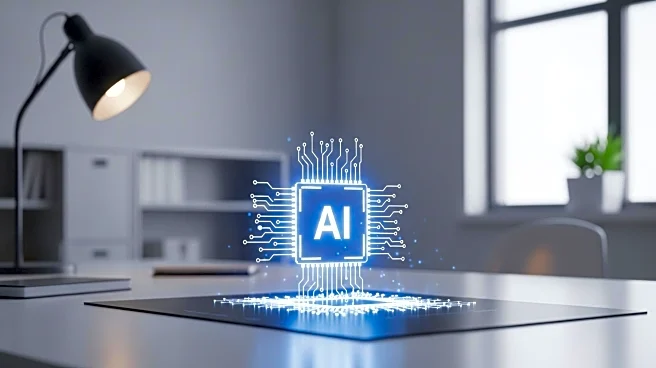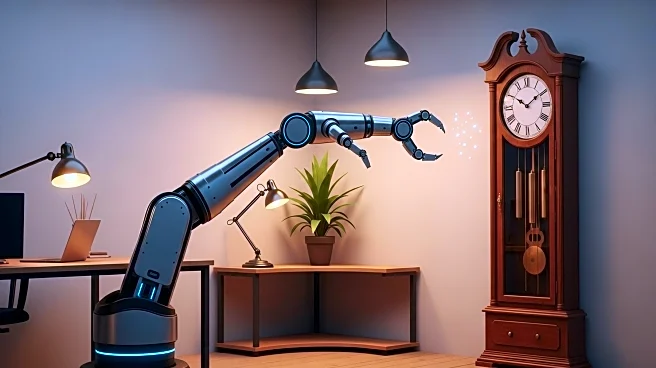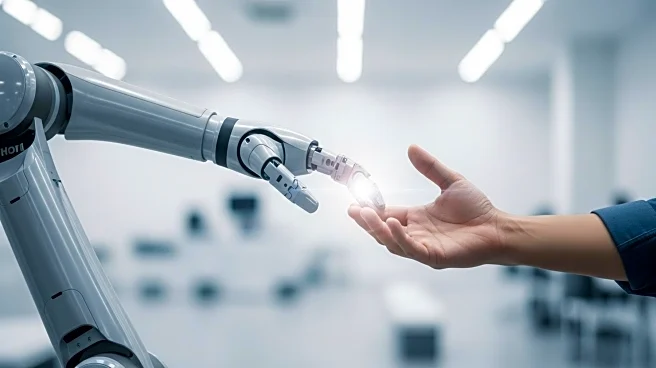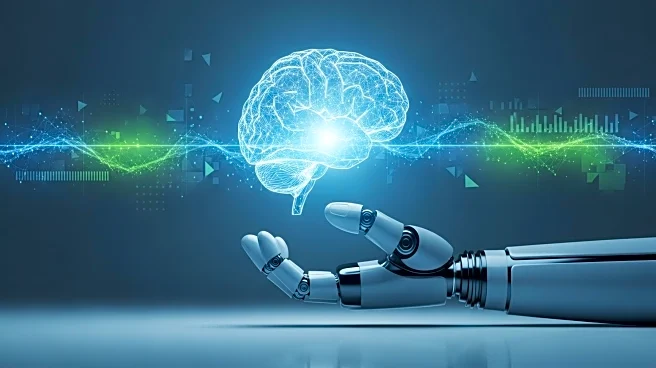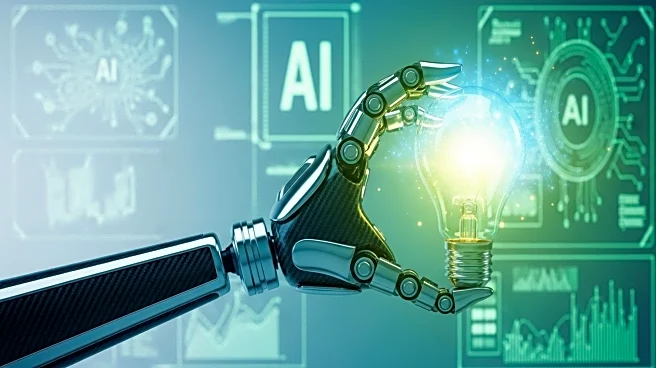What is the story about?
What's Happening?
Walmart CEO Doug McMillon has stated that artificial intelligence (AI) will transform every job within the company, emphasizing the need for employees to adapt and acquire new skills. McMillon highlighted that AI is already reshaping the future of work, particularly affecting entry-level positions. Despite the automation of certain tasks, such as those in warehouses, McMillon assured that this does not necessarily mean job losses for those previously in these roles. Walmart plans to maintain its global workforce of 2.1 million employees, including 1.6 million in the U.S., while evolving job functions to incorporate AI. The company is investing in AI training and career pathways to prepare its workforce for the changes ahead.
Why It's Important?
The integration of AI into Walmart's operations signifies a broader trend in the retail industry, where technology is increasingly used to enhance efficiency and productivity. This shift could lead to significant changes in workforce dynamics, with potential implications for job security and skill requirements. As one of the largest private employers in the U.S., Walmart's approach to AI adoption could influence other companies' strategies, potentially setting a precedent for how businesses manage technological advancements. The emphasis on upskilling and maintaining headcount suggests a commitment to workforce stability amidst technological disruption.
What's Next?
Walmart is actively participating in initiatives to enhance AI fluency among its employees, partnering with organizations like OpenAI to certify workers in AI skills. This effort aims to prepare employees for the evolving job landscape and ensure they can leverage AI tools effectively. The company plans to continue using human workers in roles that require direct interaction with customers, indicating a balanced approach to automation. As AI technology advances, Walmart's strategy may serve as a model for other companies navigating similar challenges.
AI Generated Content
Do you find this article useful?


